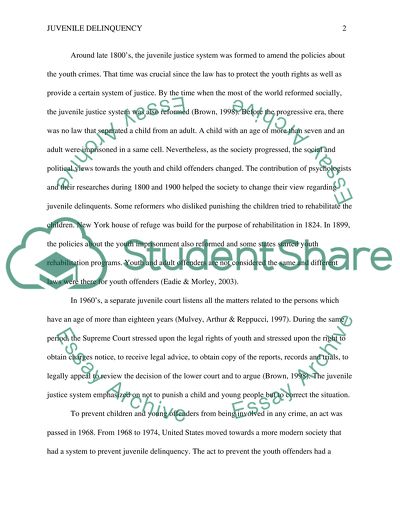Cite this document
(“A Look at Juvenile Deliquency Research Paper Example | Topics and Well Written Essays - 2000 words”, n.d.)
Retrieved from https://studentshare.org/family-consumer-science/1429384-a-look-at-juvenile-deliquency
Retrieved from https://studentshare.org/family-consumer-science/1429384-a-look-at-juvenile-deliquency
(A Look at Juvenile Deliquency Research Paper Example | Topics and Well Written Essays - 2000 Words)
https://studentshare.org/family-consumer-science/1429384-a-look-at-juvenile-deliquency.
https://studentshare.org/family-consumer-science/1429384-a-look-at-juvenile-deliquency.
“A Look at Juvenile Deliquency Research Paper Example | Topics and Well Written Essays - 2000 Words”, n.d. https://studentshare.org/family-consumer-science/1429384-a-look-at-juvenile-deliquency.


